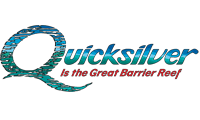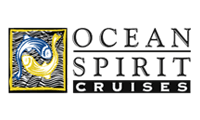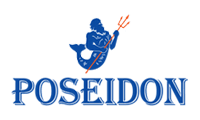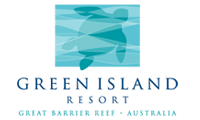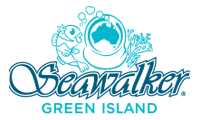You might also want to read:
Biggest Morning Tea on Green Island!
13th of May 2025
Quicksilver Apprentice wins TAFE Apprentice of the Year award
11th of August 2025
Quicksilver Group wins Large Employer of the Year
17th of July 2024
Farewell as Reef champion hangs up his snorkel
31st of July 2024
Quicksilver investing in a sustainable future - Silversonic's $1.66 million refit
18th of August 2025

Quicksilver’s Port Douglas based dive and snorkel catamaran, Silversonic, is undergoing a $1.66 million refit, including repowering with new generation engines and a bold new look.
This major investment marks the completion of Quicksilver’s Port Douglas fleet’s transition to sustainable fuel-ready engines, reinforcing the company’s long-standing commitment to sustainable marine tourism and protecting the Great Barrier Reef.
Led by Quicksilver’s skilled engineering team and local marine contractors, the 29 metre catamaran is being repowered with two new generation Rolls Royce mtu 2000 series commercial marine engines (10V2000M72) - certified for HVO (Hydrotreated Vegetable Oil) and other synthetically produced diesel fuels, and new ZF marine gearboxes.
“The advances in these fuel-efficient engines position us for a more sustainable future. Even without HVO fuel, the new engine technology is achieving a reduction in fuel consumption across the fleet,” said Tony Baker, Quicksilver Group Managing Director.
They also provide the ability to further minimise emissions when HVO fuel becomes commercially available in Australia.”
This refit follows Quicksilver’s previous investments in retrofitting these Rolls-Royce mtu 2000 Series engines into the company’s wavepiercing catamarans Quicksilver VIII and Quicksilver V, as well as the dive vessel Poseidon.
In addition to the mechanical refit, Silversonic will emerge with a bold new look - her current livery stripped and transformed with a sleek aluminium finish, a shimmering nod to her name.
Silversonic is expected to return to service in early October, resuming daily dive and snorkel adventures to the world-renowned Agincourt ribbon reefs. Located on the edge of Australia’s Continental Shelf, these pristine outer reefs are celebrated for their crystal-clear waters, spectacular corals and abundant marine life, offering some of the very best day boat diving and snorkelling experiences on the Great Barrier Reef.
About HVO fuel: Waste vegetable and animal fats, and used vegetable oils can be used for HVO, which are converted into hydrocarbons by means of a catalytic reaction with the addition of hydrogen. Through this process, the fats and vegetable oils are adapted in their properties to diesel fuel and can supplement it as an admixture or replace it completely. The benefits of HVO are clean combustion with reductions in particulate emissions of up to 80%, nitrogen oxide emissions by an average of 8%, and CO2 emissions by up to 90% compared to fossil diesel.

